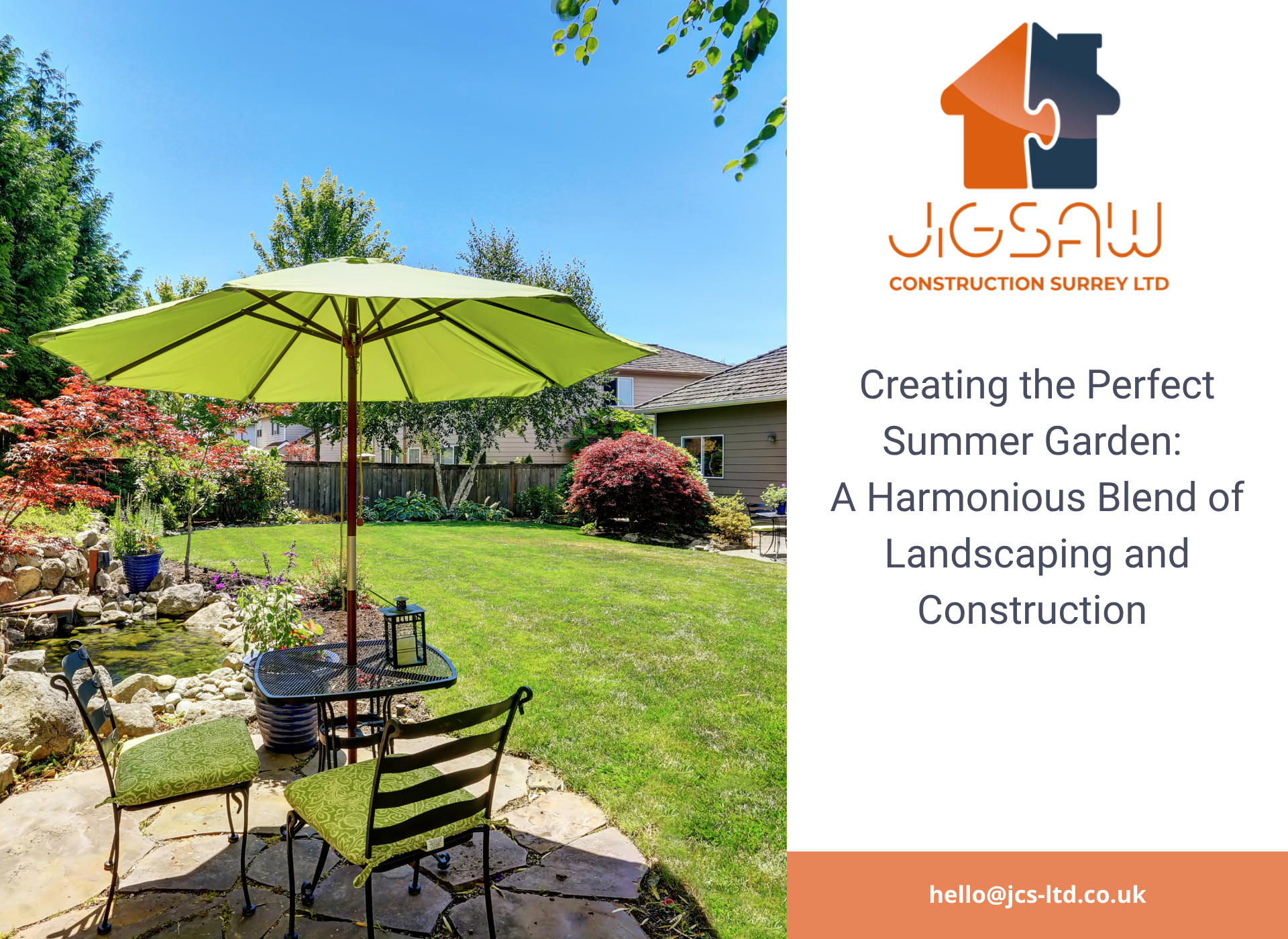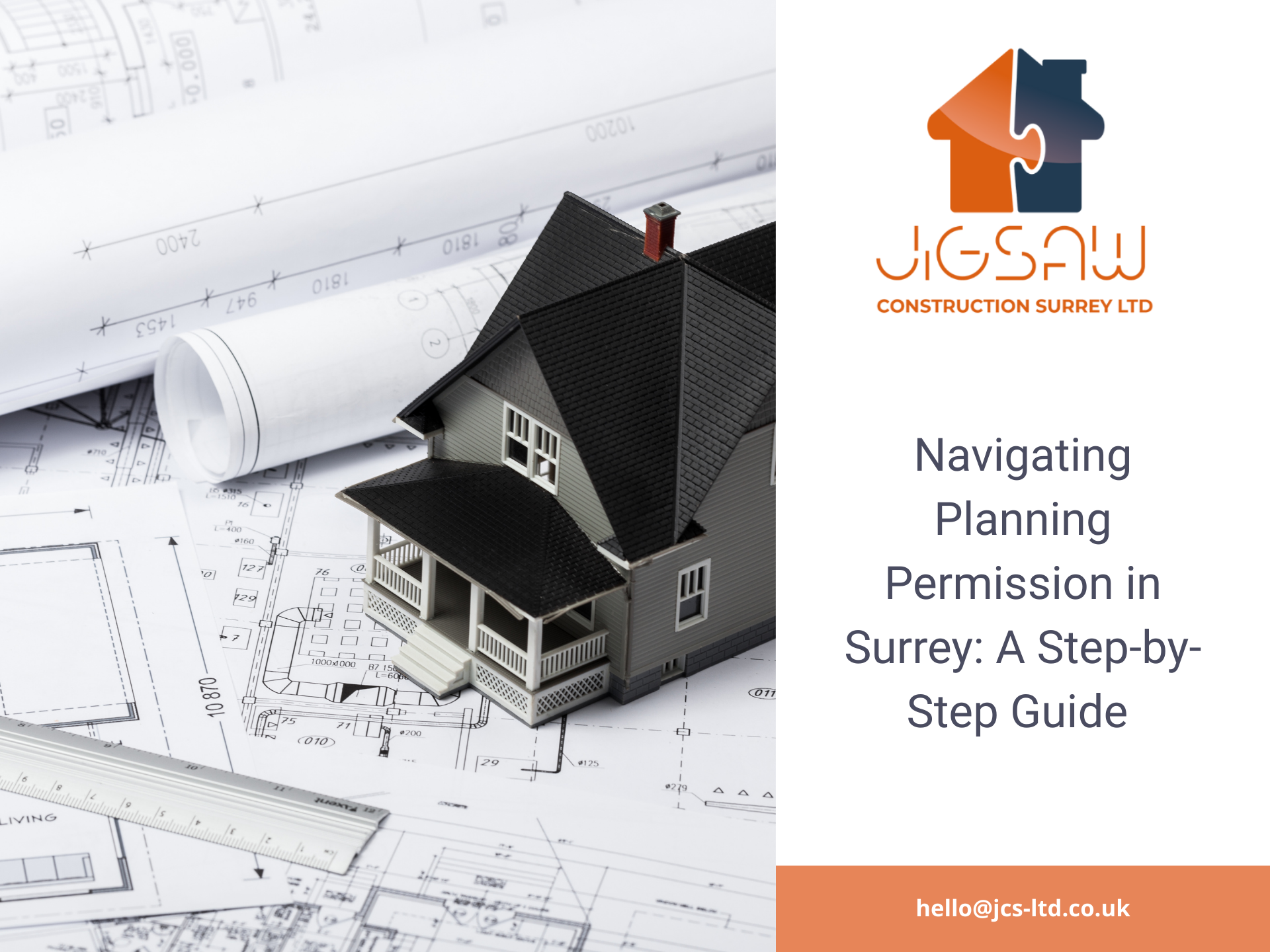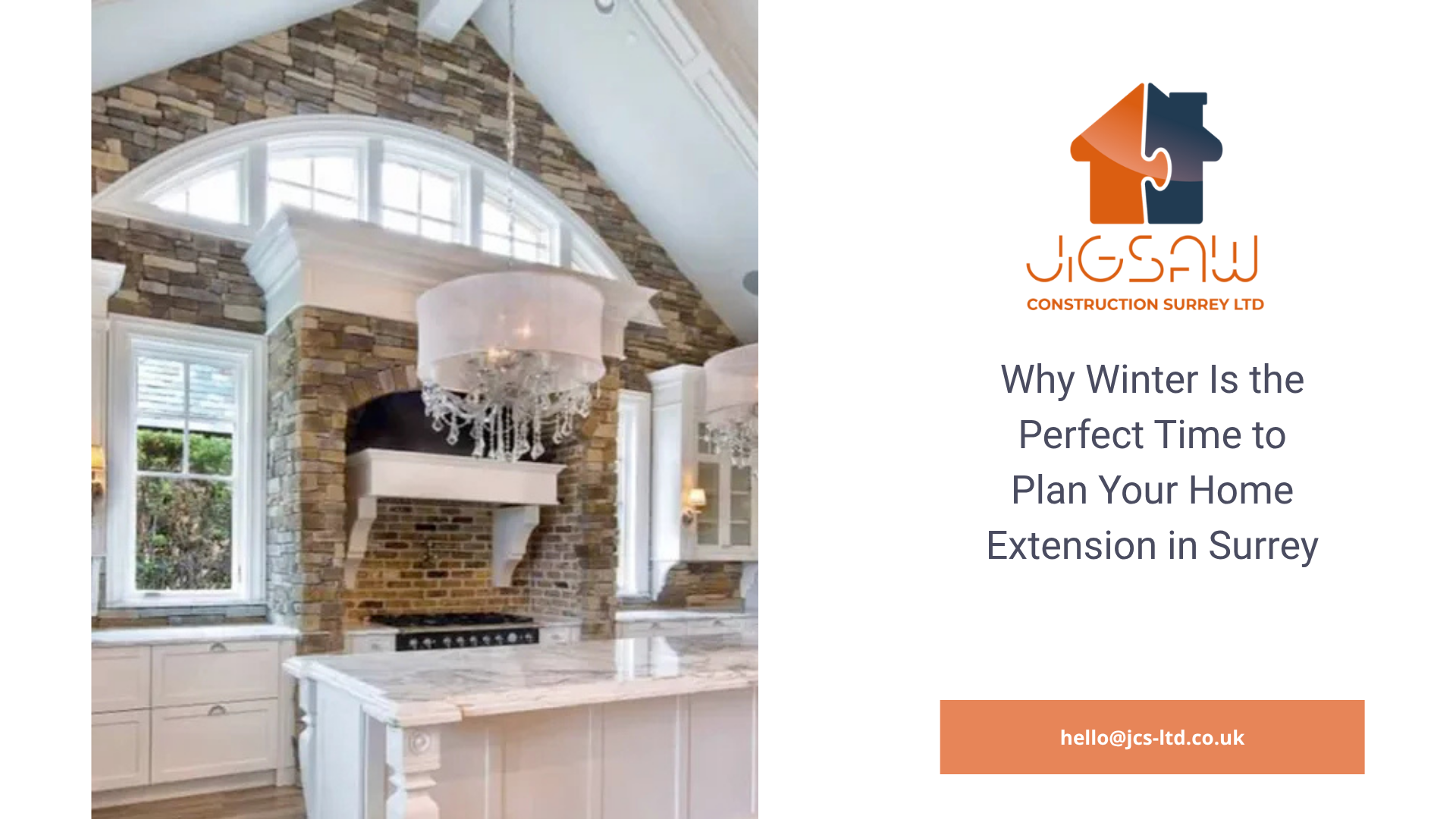Creating the Perfect Summer Garden: A Harmonious Blend of Landscaping and Construction

Creating the Perfect Summer Garden:
A Harmonious Blend of Landscaping and Construction
Summer is the perfect time to enjoy your outdoor spaces. A well-designed garden can be a tranquil retreat, a vibrant entertainment area, or a combination of both. Achieving the perfect summer garden often involves both landscaping and construction. Understanding how these two disciplines work together can help you create a stunning and functional outdoor space.
Landscaping and construction are not mutually exclusive; they're complementary. Construction provides the “structural framework” for your garden, while landscaping adds the “aesthetic and natural elements.” For example, building a retaining wall (construction) can create levelled planting beds (landscaping). Similarly, installing a patio (construction) provides a foundation for outdoor furniture and container gardens (landscaping).
Before starting any landscaping or construction project, careful planning is essential.
1.
Assess Your Space:
Consider the size, shape, and existing features of your garden. Note the amount of sunlight, soil type, and drainage.
2.
Define Your Goals:
What do you want to achieve with your summer garden? Do you envision a relaxing oasis, a vibrant entertainment area, or a productive vegetable garden?
3.
Create a Design:
Sketch out your ideas, incorporating both landscaping and construction elements. Consider the flow of traffic, views from inside the house, and the overall aesthetic.
4.
Set a Budget:
Determine how much you're willing to spend on the project. Prioritise essential elements and be prepared to make compromises.
5.
Hire Professionals (If needed):
For complex construction projects, consider hiring a qualified contractor or landscaper. Get multiple quotes and check references.
·
Start with Construction:
Complete any necessary construction work before starting landscaping. This will minimise disruption to plants and soil.
·
Consider Drainage:
Proper drainage is crucial for both construction and landscaping. Ensure that water flows away from buildings and doesn't pool in planting areas.
·
Choose Materials Wisely:
Select durable, weather-resistant materials for construction projects. Opt for plants that are well-suited to your climate and soil conditions.
·
Incorporate Natural Elements:
Blend construction elements with natural features. For example, consider using natural stone for retaining walls or incorporating plants into patios and decks.
·
Think About Lighting:
Strategic lighting can enhance both the beauty and functionality of your summer garden. Use a combination of ambient, task, and accent lighting to create a warm and inviting atmosphere.
Once your summer garden is complete, regular maintenance is essential to keep it looking its best.
·
Watering:
Water plants regularly, especially during hot, dry weather. Consider installing an irrigation system to automate watering.
·
Weeding:
Remove weeds regularly to prevent them from competing with your plants for nutrients and water.
·
Fertilising:
Fertilise plants as needed to promote healthy growth and abundant blooms.
·
Pruning:
Prune trees, shrubs, and flowers regularly to maintain their shape and encourage flowering.
·
Cleaning:
Clean patios, decks, and other hard surfaces to remove dirt, debris, and algae.
By understanding the interplay between landscaping and construction, you can create a stunning and functional outdoor space that you'll enjoy all summer long. With careful planning, thoughtful design, and regular maintenance, your garden can become a true extension of your home.




